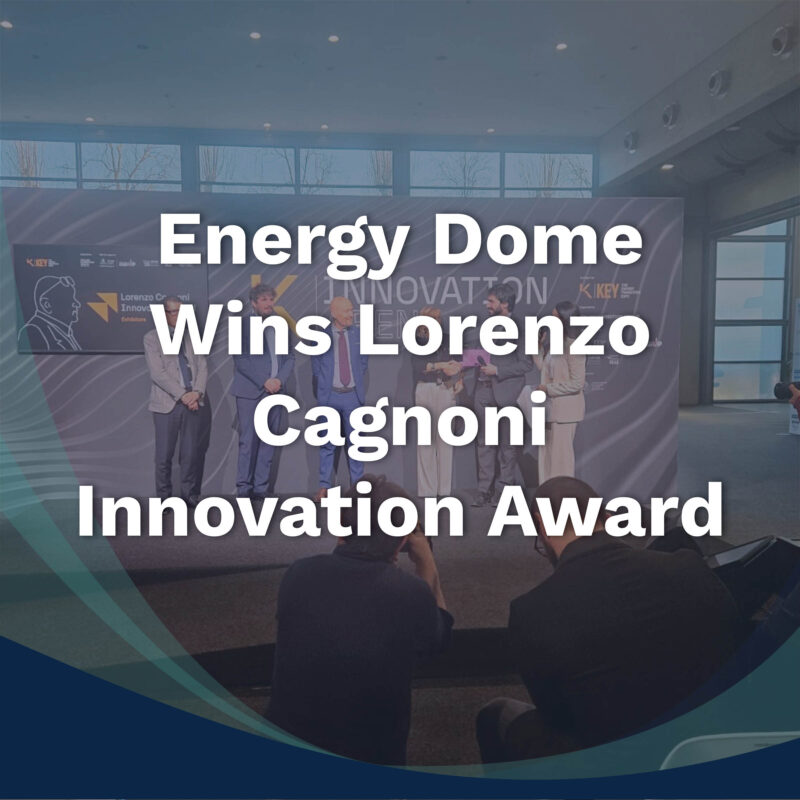Join the deployment era
in long-duration energy storage
Round-trip efficiency (75%+) AC-AC and MV-MV
Highly competitive CAPEX and OPEX
CO2 Batteries can be constructed anywhere in the world
MW-scale plant already operational and grid-connected
No degradation of capacity or performance over 30+ years
Off-the-shelf components made of eco-friendly materials
No dependence on rare metals such as lithium


At the core of our solution, there’s our patented CO2-based technology. This is the only alternative to expensive, unsustainable lithium batteries currently used for energy storage. The CO2 Battery is a better-value, better-quality solution that solves your energy storage needs, so you can start transitioning to alternative energy sources today.


The CO2 Battery is widely scalable on a global level thanks to the integration of well-known industrial components in a new, efficient, and cost-effective process. It’s a model where the same identical design can be deployed anywhere in the world. Every component we choose is standard, making the CO2 Battery a very simple and more economical solution, no matter where you are—a plug-and-play plant to solve the world’s biggest problem.







